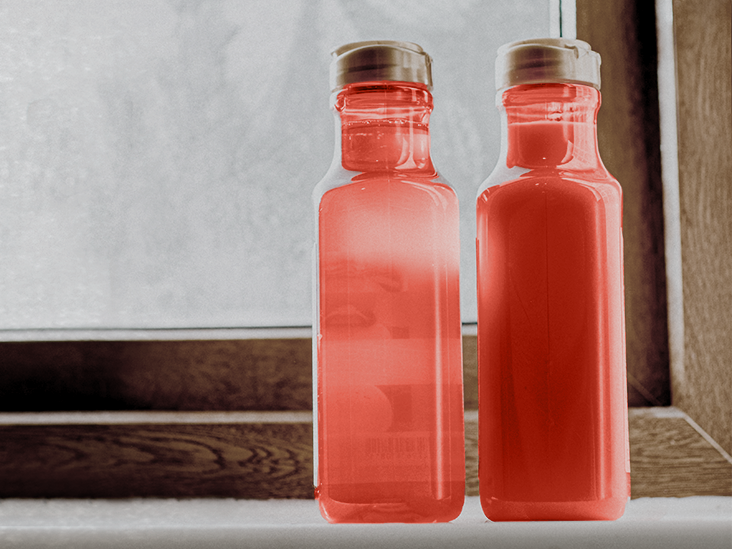DMDM hydantoin: Uses, benefits, risks, and more - Medical News Today

Dimethylol-dimethyl (DMDM) hydantoin is a chemical used in a wide range of cosmetic products. While it can serve an important purpose in preventing the growth of bacteria and other microorganisms, some people question its safety.
DMDM hydantoin releases small amounts of formaldehyde, a chemical which, according to the
This article explains what DMDM hydantoin is and assesses the possible risks and benefits involved in using it.
DMDM hydantoin is a crystal-like, odorless chemical often used in cosmetics as a preservative. Several products contain the chemical, from makeup and moisturizers to shampoos and conditioners.
Some experts have concerns over DMDM hydantoin's continued use. Between
What is a formaldehyde-releaser?
DMDM hydantoin is a type of formaldehyde-releaser.
A formaldehyde-releaser is a chemical often found in personal care products. It releases small amounts of formaldehyde over time to preserve the products.
A person's skin can absorb the chemical while using the product. A 2015 journal article linked formaldehyde to contact dermatitis, suggesting that an allergic reaction to formaldehyde was not uncommon.
According to a 2015 study, the U.S. and the European Union allow personal care products to contain as much as
While labeling is required, the researchers noted that tested products often contained more formaldehyde-releasers than labeled, which makes it difficult for people allergic to the ingredient to know what to avoid.
Some products that may contain DMDM hydantoin include:
- shampoos
- conditioners
- makeup
- makeup removers
- liquid hand soaps
- styling products
- facial cleansers
- moisturizers
- sunscreen
DMDM hydantoin has antimicrobial properties, which means it can help kill small organisms and preserve the product's freshness.
Antimicrobial chemicals such as DMDM hydantoin can help prevent the growth of potentially harmful:
- bacteria
- fungus
- yeast
Cosmetic companies often add DMDM hydantoin to their products to help prevent the growth of these organisms. This helps protect the user from potential skin infections and makes the product last longer.
Bacteria often grow well in warm, wet environments. DMDM hydantoin can prevent their growth on personal care products kept in the bathroom, which is prone to warmth and moisture.
Cosmetic products contain a small amount of DMDM hydantoin. These levels are generally safe for most people.
However,
The
There is no evidence supporting that DMDM hydantoin in cosmetics is unsafe for those not allergic to it.
Below are some of the side effects linked to DMDM hydantoin and formaldehyde, the chemical it releases.
Some side effects, such as contact dermatitis, could happen after using a product that contains DMDM hydantoin or other formaldehyde-releasers.
Other possible risks, such as cancer and infertility, are unlikely to happen unless a person is exposed to large amounts of formaldehyde over a long period, for example, through their work.
Contact dermatitis
DMDM hydantoin is a
If a person is unsure about a product, they can perform a skin patch test. This involves placing a small amount of product on a small area of skin. If a reaction occurs, they should avoid using the product.
Hair loss
An ongoing class-action lawsuit from 2021 argues that products containing DMDM hydantoin have caused hair loss. To date, no studies have proven this is accurate.
Cancer
According to the
The
However, this is only the case for people exposed to large amounts of formaldehyde over a long period. There have been no studies into the effect small amounts of formaldehyde, such as the levels found in cosmetic products, might have on a person.
Infertility
According to the
DMDM hydantoin is a chemical used to protect cosmetics and personal care products from microorganisms. It is a type of formaldehyde-releasing chemical. Formaldehyde is a known allergen and carcinogen.
Despite this, however, the amount of DMDM hydantoin present in cosmetics is likely safe for those not allergic to it.
If a person is allergic to formaldehyde or DMDM hydantoin, they should check all cosmetic product labels for DMDM hydantoin and other formaldehyde-releasers before using them.
Comments
Post a Comment